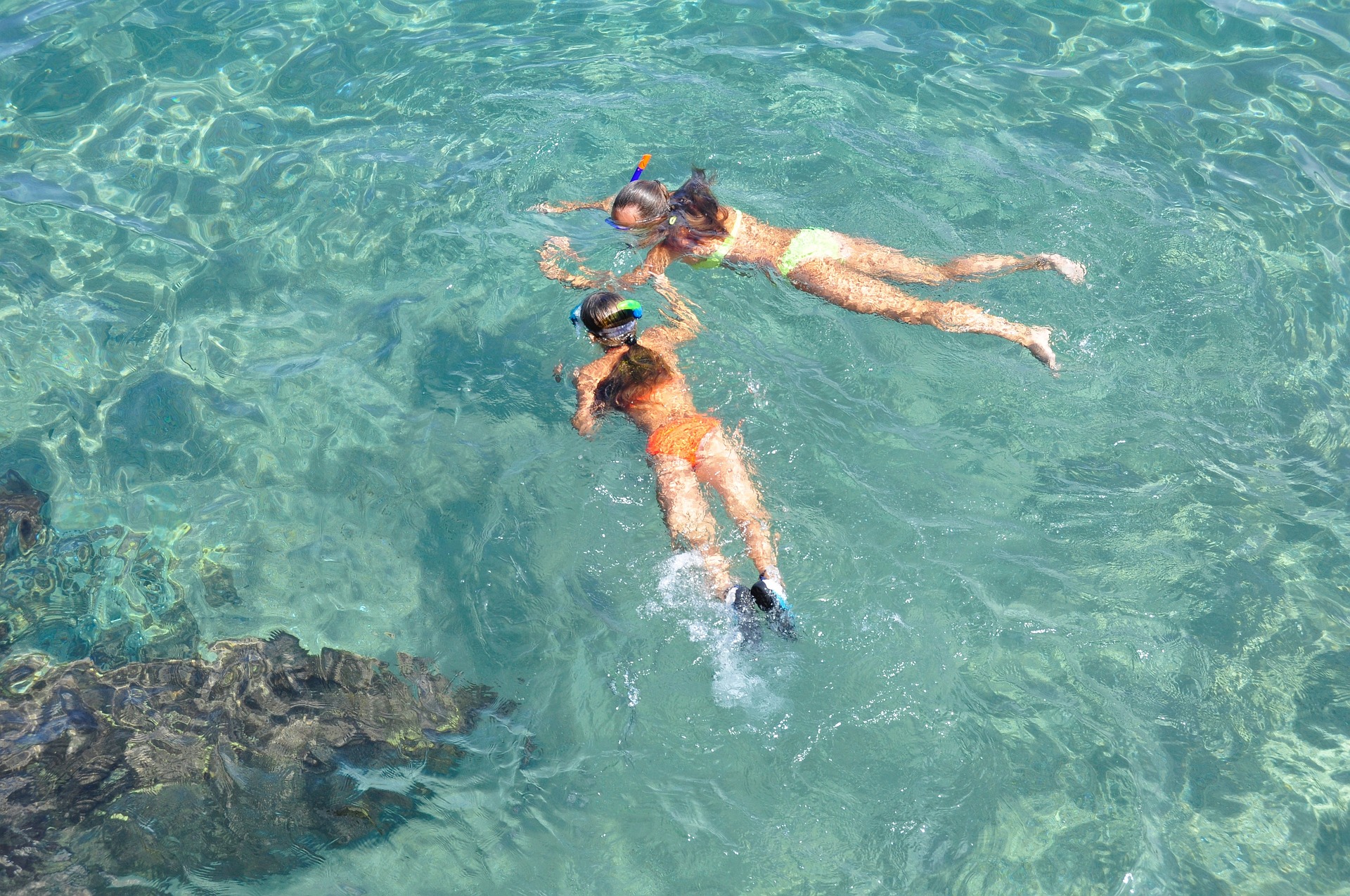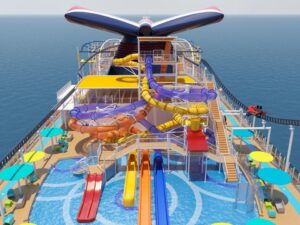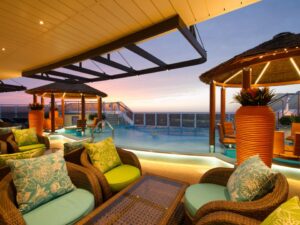Introduction to the Galapagos Islands
The Galapagos Islands are one of the world’s most unique and pristine destinations, known for their exceptional biodiversity and the inspiration they provided to Charles Darwin’s theory of evolution. Located approximately 600 miles off the coast of Ecuador, the islands are home to species found nowhere else on Earth, including the famous Galapagos tortoises, blue-footed boobies, and marine iguanas. Cruising the Galapagos offers an intimate way to experience this UNESCO World Heritage site, allowing you to explore its remote shores, diverse ecosystems, and untouched wildlife.
This handbook will guide you through everything you need to know to plan and enjoy your Galapagos cruise.
1. Choosing the Right Galapagos Cruise
When selecting a Galapagos cruise, it’s important to consider the type of experience you want. There are many different options available, each catering to different preferences and budgets. Here are the key factors to consider:
Types of Cruises:
- Luxury Cruises: These cruises offer high-end accommodations and top-notch amenities. Perfect for travelers seeking comfort, fine dining, and personalized service while exploring the islands. Ships tend to have fewer passengers, allowing for more intimate excursions.
- Expedition Cruises: These cruises focus more on exploration and education. They typically feature smaller ships, so you can have more land excursions and greater access to the islands. These are ideal for nature lovers, photographers, and wildlife enthusiasts.
- Mid-Range Cruises: Offering a balance between luxury and adventure, these cruises provide comfortable accommodations and knowledgeable guides without the high price tag of luxury vessels.
- Private Yachts: If you’re looking for a truly personalized experience, chartering a private yacht offers complete flexibility in your itinerary, excursions, and onboard services.
Cruise Duration:
Galapagos cruises typically range from 4 to 14 days. Longer cruises allow you to explore more islands, while shorter cruises can offer an overview of the most popular sites.
- 4–6 days: This is ideal for those with limited time who still want to see some of the major islands like Santa Cruz, Española, and Floreana.
- 7–10 days: This is the most common duration and offers a deeper exploration of the archipelago, including remote islands like Genovesa and Isabela.
- 11–14 days: For those who want a comprehensive experience, including off-the-beaten-path islands and plenty of time for excursions.
2. Packing for Your Galapagos Cruise
While packing for a cruise, keep in mind that the Galapagos climate is tropical and can vary from humid to arid. The cruise will involve landings on rocky shores, hikes, and snorkeling, so packing wisely is key.
Essentials to Pack:
- Comfortable footwear: Closed-toed water shoes or hiking boots for land excursions, and flip-flops or sandals for onboard comfort.
- Swimwear: Pack at least two swimsuits for snorkeling or swimming.
- Lightweight, breathable clothing: Choose moisture-wicking clothing for comfort during hikes and warm weather.
- Sunscreen & Sunglasses: The sun in the Galapagos is intense, so bring reef-safe sunscreen and sunglasses with UV protection.
- Hats: A wide-brimmed hat for sun protection and a hat with a chin strap for windy days on the boat.
- Snorkel gear: Some cruises provide snorkeling gear, but you may want to bring your own for comfort and hygiene.
- Binoculars and camera: The wildlife is extraordinary, so a good pair of binoculars and a camera are essential for wildlife viewing.
- Medications: Bring any prescription medications, as well as basic over-the-counter remedies (motion sickness tablets, pain relievers, etc.).
3. What to Expect on a Galapagos Cruise
A typical day on a Galapagos cruise involves a combination of land and sea activities designed to immerse you in the beauty and wildlife of the islands.
Daily Activities:
- Excursions: Expect multiple excursions per day, often in small groups led by a naturalist guide. These excursions will include beach landings via Zodiac boats, snorkeling trips, hiking, and wildlife observation.
- Wildlife Encounters: The islands are famous for their lack of natural predators, which means animals aren’t afraid of humans. Expect to encounter giant tortoises, sea lions, blue-footed boobies, and more.
- Snorkeling: The Galapagos is renowned for its crystal-clear waters and rich marine life. You’ll have the opportunity to snorkel with sea lions, tropical fish, and even hammerhead sharks.
- Onboard Education: Many cruises feature expert naturalists who provide educational talks and presentations about the history, geography, and wildlife of the islands.
- Evening Activities: Relax and unwind in the evening with a delicious meal, stargazing on deck, or attending informational talks about the upcoming day’s itinerary.
4. Top Galapagos Islands to Visit
There are 18 main islands in the Galapagos archipelago, and each offers unique experiences. Some of the most popular islands visited on Galapagos cruises include:
- Santa Cruz Island: Known for the Charles Darwin Research Station and the famous Giant Tortoises, Santa Cruz is one of the most visited islands.
- Isabela Island: The largest island in the Galapagos, Isabela is famous for its volcanic landscape, flamingos, and the chance to hike to the Sierra Negra volcano.
- Floreana Island: Known for its stunning beaches and diverse wildlife, Floreana is home to the famous Post Office Bay, where travelers historically left postcards.
- Española Island: The southernmost island, known for its vast birdlife, including the waved albatross and the iconic blue-footed boobies.
- Genovesa Island: This remote island is home to large seabird colonies, including frigatebirds, red-footed boobies, and Galapagos petrels.
- San Cristóbal Island: The capital island of the Galapagos, San Cristóbal offers great snorkeling spots and a visit to the interpretation center for an educational overview of the islands.
5. Dining on a Galapagos Cruise
Meals on Galapagos cruises are typically all-inclusive, and the food is fresh and prepared with local ingredients. Expect a variety of meals with a mix of international cuisine and local Ecuadorian dishes. Seafood is a common feature, along with fresh fruits and vegetables. Dietary preferences or restrictions can usually be accommodated—just be sure to inform the cruise line in advance.
6. Responsible Travel in the Galapagos
The Galapagos Islands are a protected environment, and preserving the archipelago’s natural beauty is a top priority. Responsible tourism ensures the islands remain sustainable for future generations. Here’s how to be a responsible traveler:
- Respect wildlife: Always maintain a safe distance from animals and avoid touching or feeding them.
- Leave no trace: Stick to marked trails and avoid disturbing natural habitats.
- Follow guidelines: Listen carefully to your guide’s instructions about rules, especially during beach landings or snorkeling excursions.
- Support conservation: Many cruise lines contribute to conservation efforts, so consider supporting these initiatives during your trip.
7. Preparing for Disembarkation
After an unforgettable cruise, it’s time to head back to Santa Cruz Island or San Cristóbal Island for your return flight. Some cruises offer a guided tour before departure, taking you through the interpretation centers or to see the famous giant tortoises one last time.
Final Thoughts
A Galapagos Islands cruise offers a once-in-a-lifetime opportunity to explore one of the most biodiverse and pristine ecosystems on the planet. Whether you’re drawn by the wildlife, the incredible landscapes, or the opportunity to escape into nature, your Galapagos cruise will be an experience you’ll never forget.
Use this handbook to guide your planning and ensure you’re prepared for the adventure of a lifetime. From choosing the right cruise to preparing your gear and understanding the islands’ regulations, you’ll be ready to experience the magic of the Galapagos in the best way possible!



